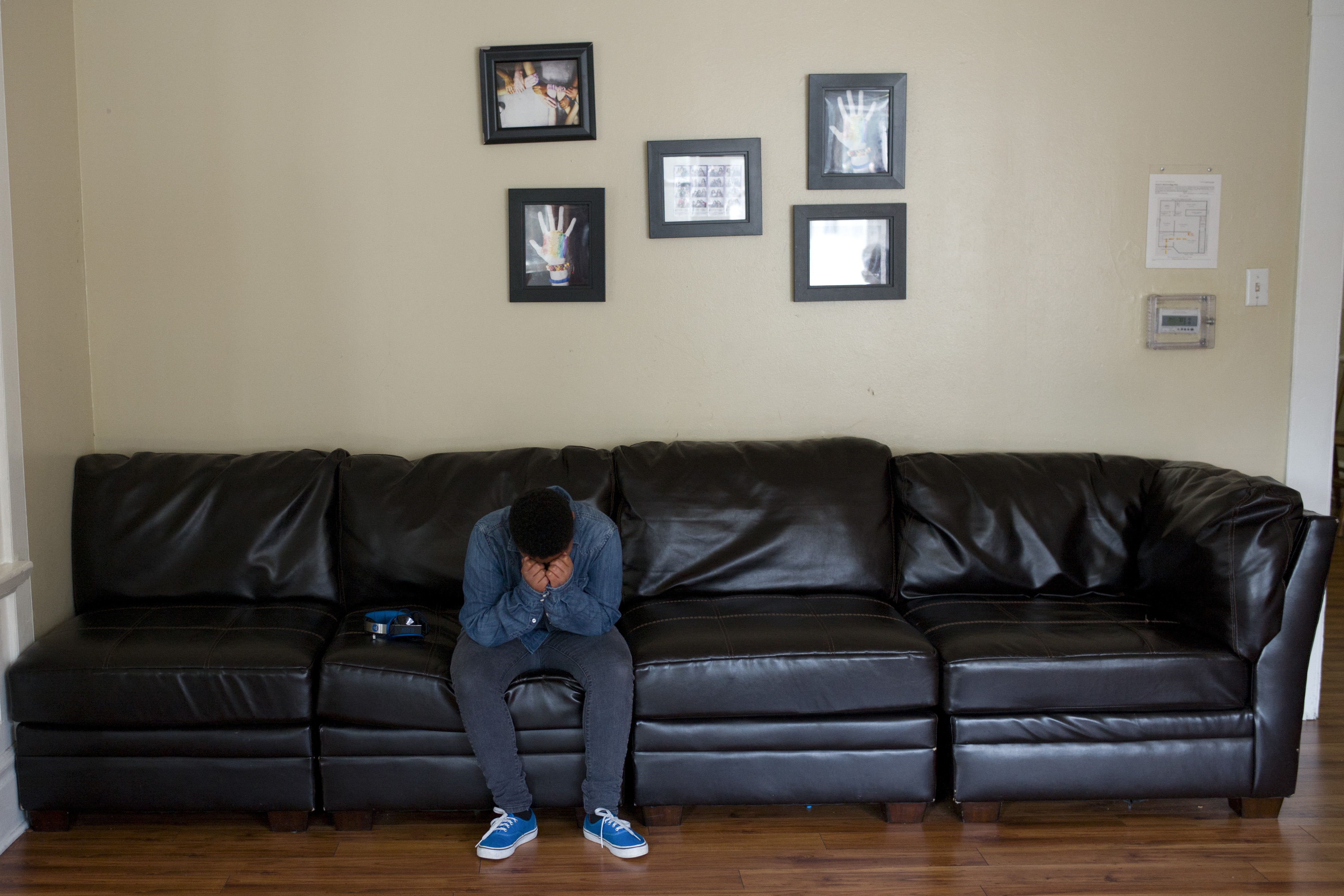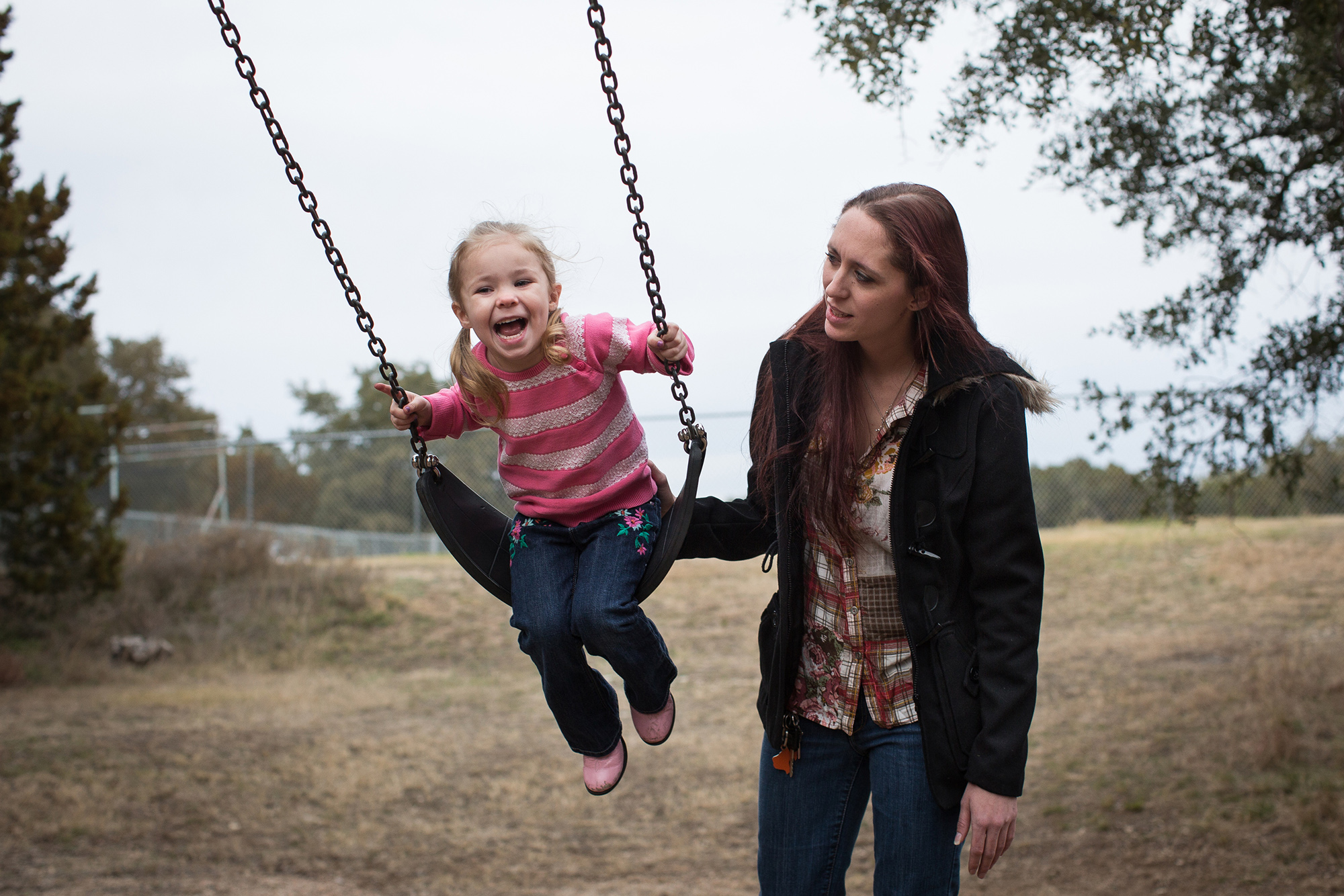Though the child welfare system has an important role to play in protecting families and children, taking a child away from his or her family is too often the main tool in its toolkit. Poverty, homelessness, mental illness and substance abuse can lead to child neglect and abuse, but if those factors are addressed, a safe home environment with family members can be achieved.
Foster care itself is an incomplete solution. As many as half of young adults who age out of foster care spend time homeless. More than half a million unaccompanied youth experience homelessness every year, and only 10 percent of them are served by targeted programs funded under the Runaway and Homeless Youth Act, such as basic care centers, emergency shelters, transitional living programs and street outreach.
The Corporation for Supportive Housing (CSH) calls on Congress to change child welfare policy based on what works: “Keeping Families Together” (KFT). KFT is a pilot effort that uses federal Family Unification Program (FUP) vouchers to provide affordable housing to families at risk of losing their children and also to youth aging out of foster care at risk of becoming homeless. Rather than targeting the most “stable” families, KFT is unusual because it seeks out families with the most complex cases. Case managers build trust with the families, help them navigate multiple government systems, connect them with parenting classes and resources, and mediate between the family and the child welfare system to resolve new and ongoing cases based on direct knowledge of the family’s circumstances.
Michelle and her three young sons offer a clear example of how KFT helps sustain families. Michelle spent years struggling with poverty and drug abuse and shuttling her children between homeless shelters. With the help of KFT, the family moved into a two-bedroom apartment. But suddenly, crisis struck. Michelle’s 13-year-old son, Donovan, has serious behavioral and emotional problems and can be physically aggressive. One night, he attacked Michelle with a broom. The only way she could defend herself was to strike back. Donovan reported his mother for hitting him and the city opened a child welfare case against her. Michelle’s KFT case manager interceded with child welfare on Michelle’s behalf. Now Donovan is getting proper treatment and medication, and Michelle’s family has stayed intact. “I don’t know what I would do without the services here,” Michelle said. “Sometimes when you need support, you need it right then—not tomorrow or next week.”
Thanks to KFT, families once on the brink of crisis now have a place to call home and the support they need to stay together. Most families had no new abuse or neglect cases after moving to supportive housing. Six children were reunited with their families from foster care. Nearly all of the families with substance abuse problems reported that they were clean and sober at the end of the evaluation period. School attendance improved steadily. Moreover, so much money was saved by reducing the use of foster care and the shelter system that the program cost the public only three dollars per family per day. The pilot was therefore expanded to 665 families in five states, through a private-public partnership with the Department of Health and Human Services.
We now have important evidence about how to use FUP vouchers effectively. First, youth leaving foster care currently only receive 18 months of assistance. This isn’t nearly enough time to adjust to their new housing and services and successfully transition to independence. We urge Congress to extend assistance to 60 months. Second, family FUP vouchers are not being used as an early intervention strategy to stabilize families, which is essential to avoid the trauma of separation. Finally, there are almost no ongoing services for families or youth receiving the FUP voucher.
Congress should follow the lead of the KFT program—enact legislation that encourages family preservation and reunification, community-based services, and developmentally appropriate services for youth leaving foster care. If we value families, we should do everything we can to help them stay together and succeed.











 At the University of Miami, Janitors fasted for weeks as part of their lengthy and winning strike. Workers in wheel chairs, weakened by the fast, surrounded the university’s president, Donna Shalala and chanted in Spanish, “Union or death!” In Houston, 5,000 Janitors won a first-time union contract in a “
At the University of Miami, Janitors fasted for weeks as part of their lengthy and winning strike. Workers in wheel chairs, weakened by the fast, surrounded the university’s president, Donna Shalala and chanted in Spanish, “Union or death!” In Houston, 5,000 Janitors won a first-time union contract in a “

